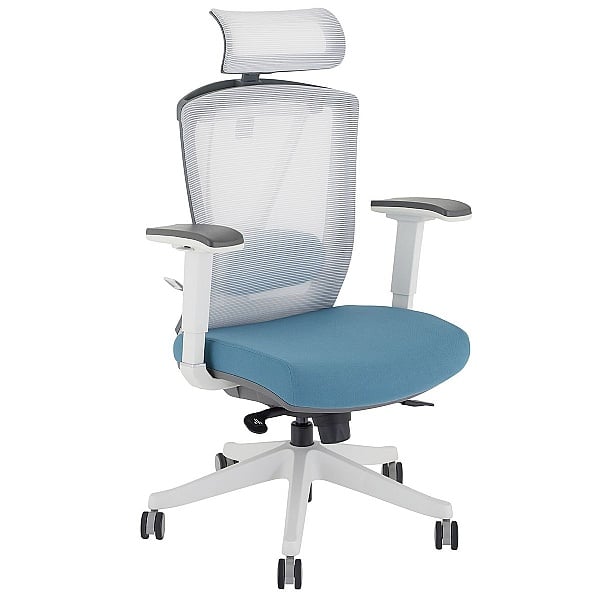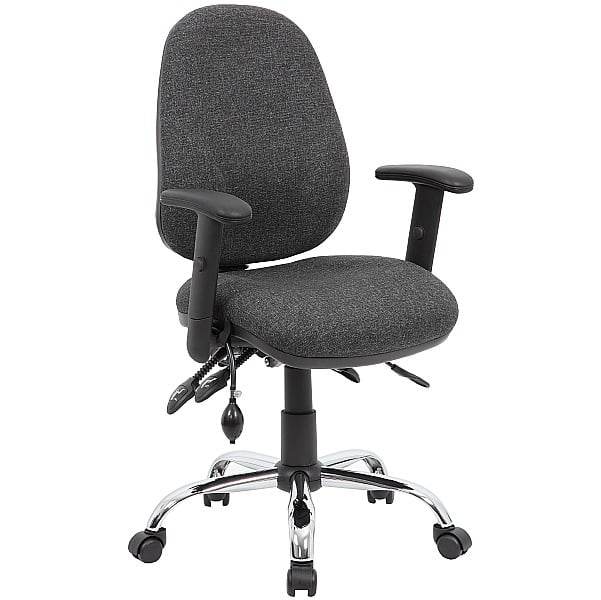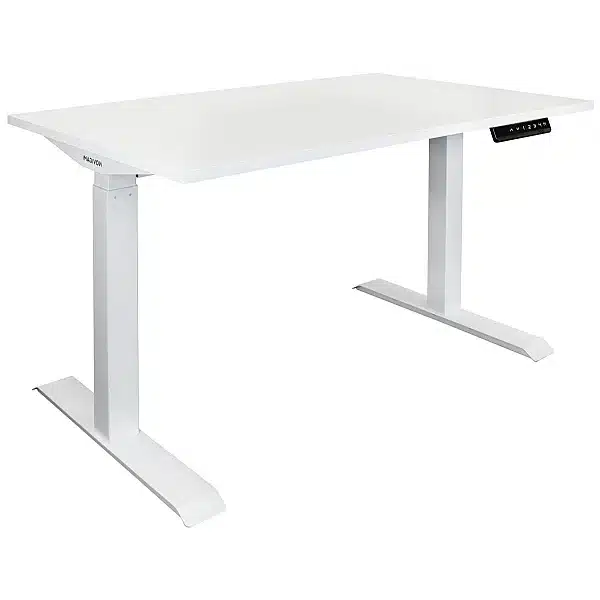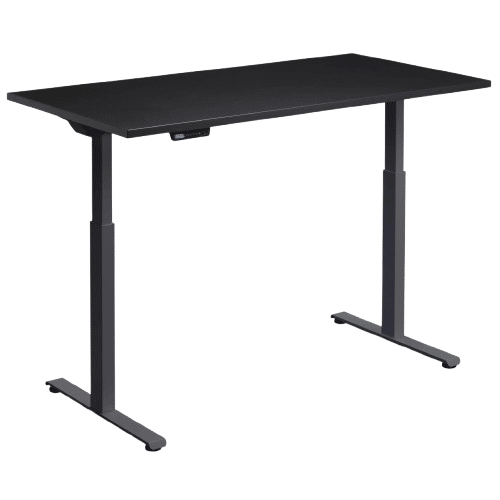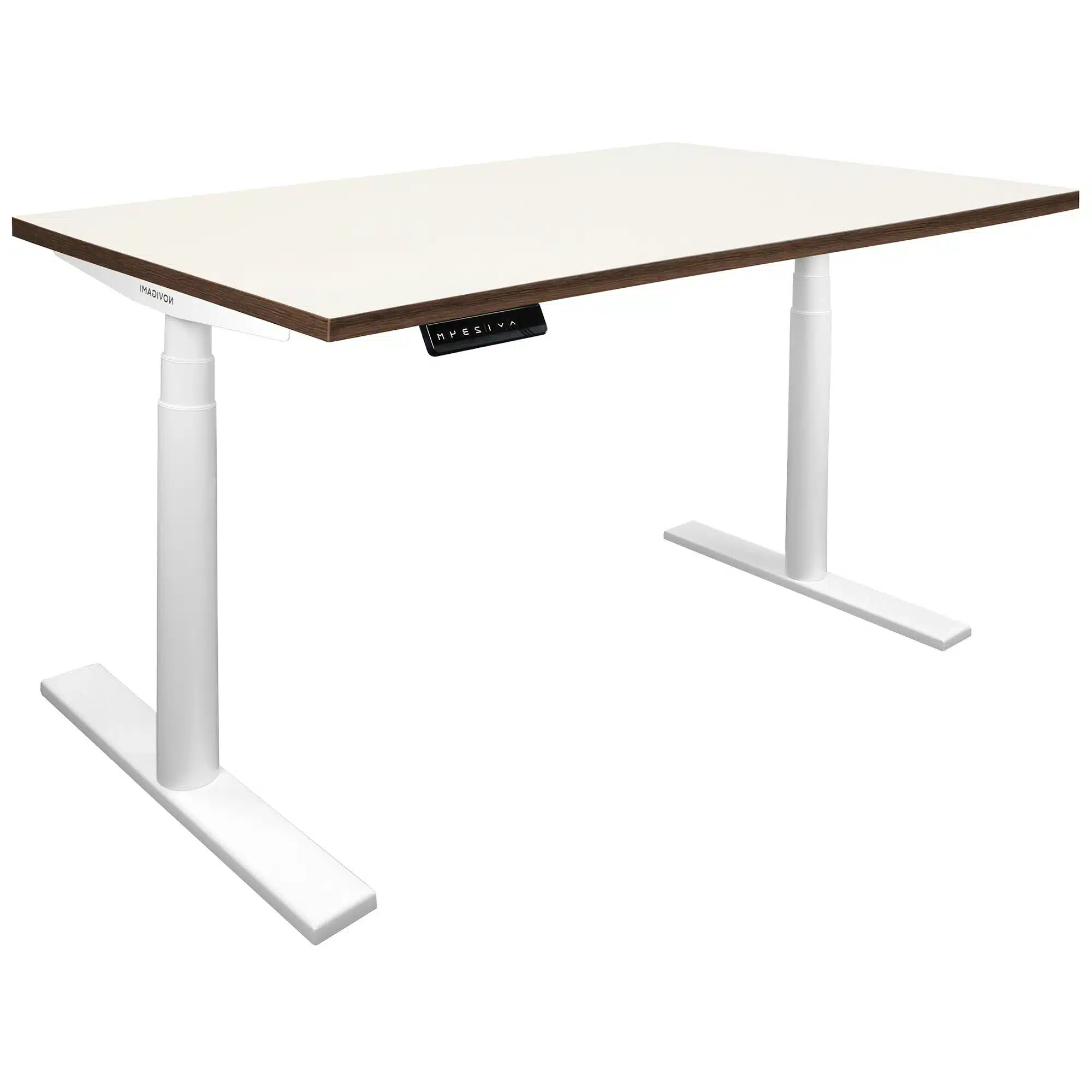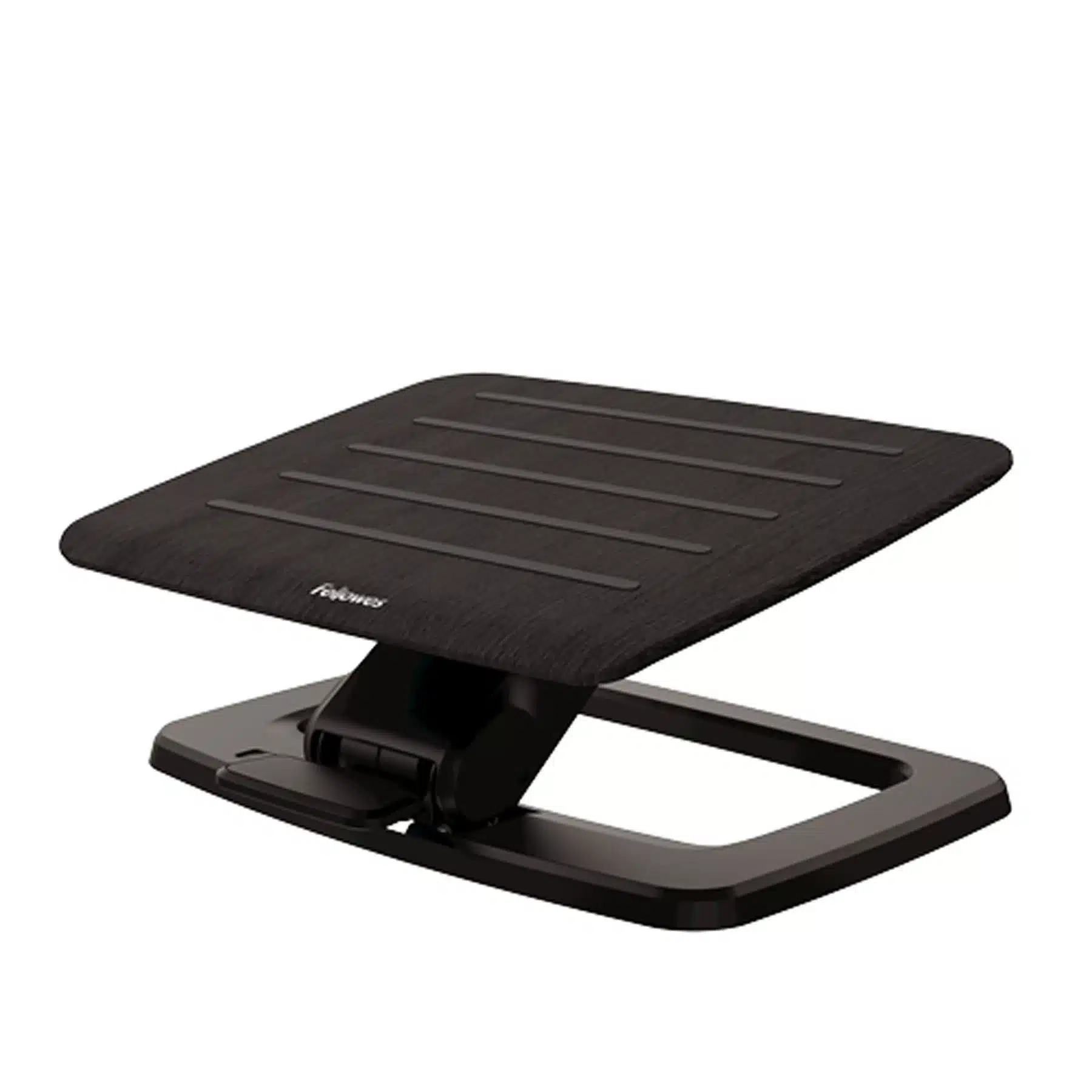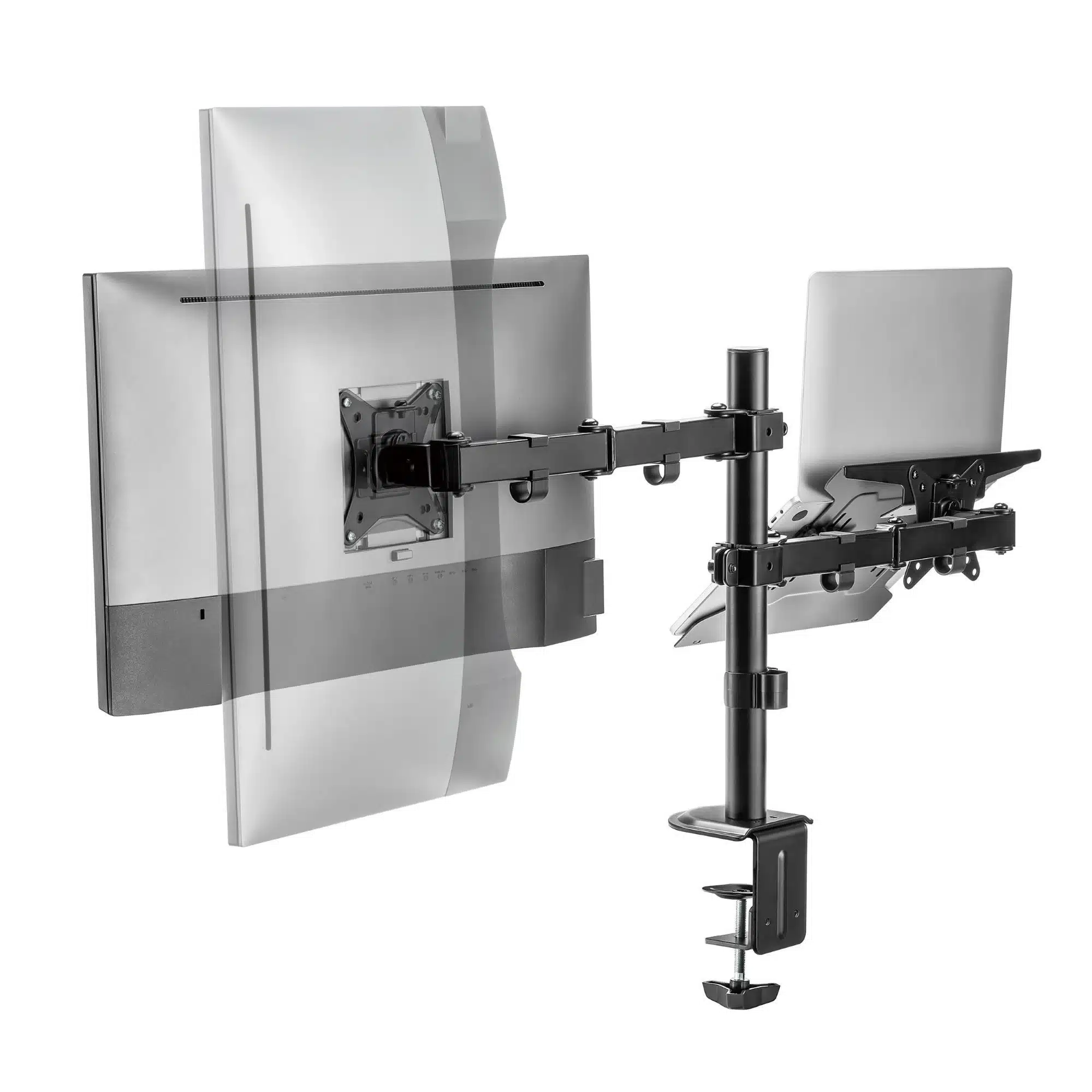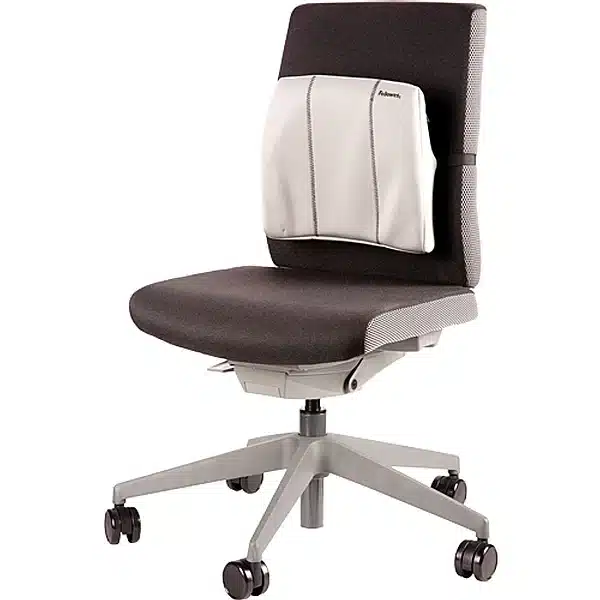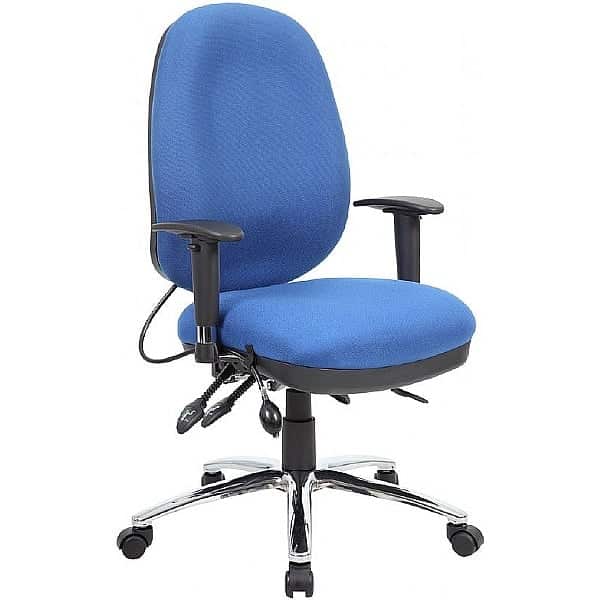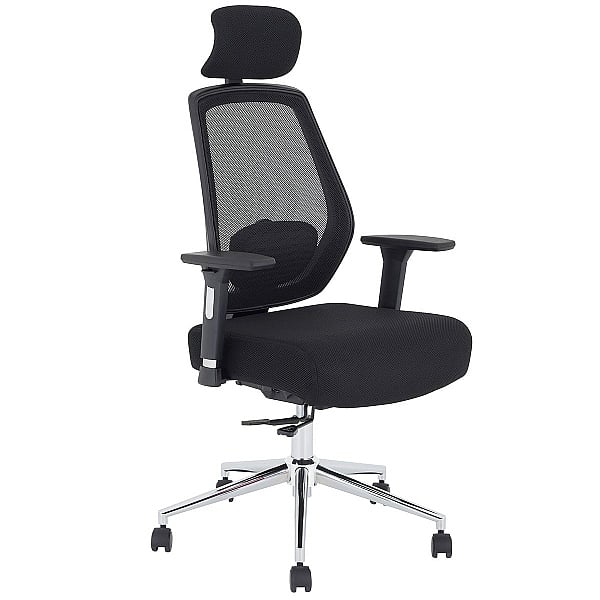DSE Assessment Prep Guide: Ergonomic Workstation Tips
Are you setting up a new office space or upgrading an existing one, and concerned that without a proper DSE Assessment, your team could be facing reduced productivity, increased absenteeism, or compliance risks? If so, now’s the time to ensure your workplace is not only legally compliant but also optimised for employee comfort, efficiency, and wellbeing.
Within this DSE Preparation Guide, we will cover the most common questions businesses ask about DSE Assessments and the necessary steps to create a safer and more ergonomic workstation with the right office chairs and office desks.
Don’t forget! DSE assessments should also be carried out for remote workers and home office setups to ensure health and productivity are supported.
What Are DSE Assessments?
A DSE Assessment stands for Display Screen Equipment Assessment. It’s a process used to evaluate how a workstation is set up, specifically focusing on furniture such as chairs and desks, and equipment like computers, monitors, and keyboards to ensure they meet safety and ergonomic standards.
When working with the necessary support, especially through long work sessions, the risk of injuries is reduced. Office workers are often seated for extended periods, so it is important that their workstations, particularly office chairs, are designed to support their posture, comfort, and overall health – with their equipment also properly arranged to promote good ergonomics!
Remember! DSE Assessments are a legal requirement for employers in the UK to ensure that workstations are set up to reduce health risks and promote employee wellbeing.
DSE Assessment Checklist
Download The Official DSE Checklist – provided by HSE to identify and correct potential risks in your workstation setup. You’ll find that many of the issues flagged – like poor posture, lack of back support, or limited adjustability – can be resolved simply by upgrading to a high-quality ergonomic office chair.
Chiropractor-Approved Office Chairs
Chiropractor-approved, ergonomic chairs are designed to support the natural curvature of the spine and reduce strain during long hours of seated work. This helps prevent common issues like lower back pain, shoulder tension, and poor circulation – all of which are highlighted in the DSE checklist as key risk factors…
- “Is the small of the back supported by the chair’s backrest?”
- “Is the chair adjusted correctly?”
- “Are feet flat on the floor, without too much pressure from the seat on the backs of the legs?”
- “Are forearms horizontal and eyes at roughly the same height as the top of the DSE?”
Shop some of our most popular chiropractor-approved chairs….
Learn more about the benefits of adjustable chairs and how they help improve posture and health with our “How Posture Chairs Boost Your Health” blog!
Standing Desks
The next piece to an ergonomic workstation that ensures flexibility and movement throughout the day is a standing desk. They allow users to alternate between sitting and standing, which reduces the risks associated with prolonged sitting, e.g. muscle stiffness and back pain.
- “Is there enough room to change position and vary movement?”
- Reducing fatigue from static postures
- Improving overall comfort and engagement at the workstation
Discover more benefits an ergonomic setup can bring you this year!
Other Accessories to Complete Your Ergonomic Workstation
While the right chair and desk form the foundation of a healthy workspace, accessories are the finishing touches that can take comfort and posture support to the next level. These additions help tackle multiple points outlined in the DSE checklist – particularly around alignment, screen positioning, and leg support.
When Should DSE Assessments Be Carried Out?
DSE Assessments should be carried out in the following situations:
- Setting up new workstations
- Furniture or equipment changes to existing environments
- Employee reporting discomfort or health concerns related to their work setup
These are the key moments when a worker’s ergonomics should be reassessed to ensure their workstation remains optimal for comfort and productivity. Regular checks during these times help identify and address any issues before they lead to discomfort or long-term health problems.
Are DSE Assessments a Legal Requirement?
Yes, although a legal requirement, it is designed to ensure that workstations are regularly assessed and adjusted to minimise risks. It keeps employees safe, healthy, and comfortable, which will, of course, lead to higher productivity.
Regular check-ins on worker wellbeing help meet legal obligations but also foster a more engaged and efficient workforce. Always seek to improve workplace environments!
Can I Do My Own DSE Assessment?
Yes, individuals can carry out their own basic DSE Assessment, especially if you’re a sole trader, remote worker, or managing a small team. For larger businesses, it’s strongly recommended that a competent person – such as an appointed Health & Safety Manager or trained assessor, oversees the process to ensure compliance with legal standards.
One of the most impactful and immediate ways to improve DSE compliance is by investing in the right ergonomic furniture, especially chairs. Adjustable operator and posture chairs, in particular, tick off multiple DSE requirements in one go.
From adjustable armrests to help reduce the risk of RSI (Repetitive Strain Injury) and seat depth control for proper leg circulation, to supportive backrests and seat positioning to help align eye level with the top of the screen, browse some of our popular chiropractor-approved office chairs to meet DSE requirements.
How to Complete a DSE Assessment
Completing a DSE Assessment involves more than just ticking boxes – it’s about creating a safe, comfortable, and legally compliant workstation tailored to the needs of each employee. From reviewing posture and screen height to ensuring proper seating and desk setup, the goal is to reduce strain and boost productivity.
Carrying out a DSE Assessment is a key step in creating a safe and ergonomic workstation, whether working from home or managing an office team. Visit the official HSE DSE Guidance page for the full checklist, assessment tools, and advice on meeting legal requirements, including how to accommodate any special worker needs.
Conclusion: How to Complete a DSE Assessment
We’re here to assist when you need help upgrading your office setups to be more ergonomic and compliant with DSE guidelines. Our wide range of chiropractor-approved office furniture, including ergonomic chairs, standing desks, and accessories, can help create a healthier, more productive workspace for you and your team.
Need Help with DSE Compliance?
Contact us today to learn how we can help make workstations more productive, and enjoy our 5-star customer service from start to finish.


